Flank Contact Silent Chains SC3 SC4 SC5 SC6 SC8 SC10
A flank contact silent chain comprises a plurality of interleaved links with a pair of teeth each. Each link has an inner and outer flank. Each link has a corresponding sprocket with a tooth shape that matches the flank shape of its link plate. In addition, the teeth on the sprockets correspond to the lower portion of the link’s teeth.
Flank Contact Silent Chains SC3 SC4 SC5 SC6 SC8 SC10
A flank contact silent chains consist of interleaved rows of bifurcated link plates connected by connecting pins. The teeth of each row overlap the teeth of the adjacent row. The inner flanks of each tooth protrude beyond the outer flanks of the overlapping teeth. When engaged under tension, these flanks engage the sprocket teeth. The effect is to suppress noise and vibration produced by the chain transmission.
A typical flank contact silent chain comprises links connected by a connecting pin. The inner flank of each link carries two teeth. Each tooth has a corresponding outer and inner flank. The outer flank of each link is shaped to accommodate the outer flank. The outer flank is shaped like a ball. This shape is important because the engagement point must be stable for the chain to be stable. The outer flank can also be bent or twisted to meet the other teeth.
Flank Contact Silent Chains Parameters
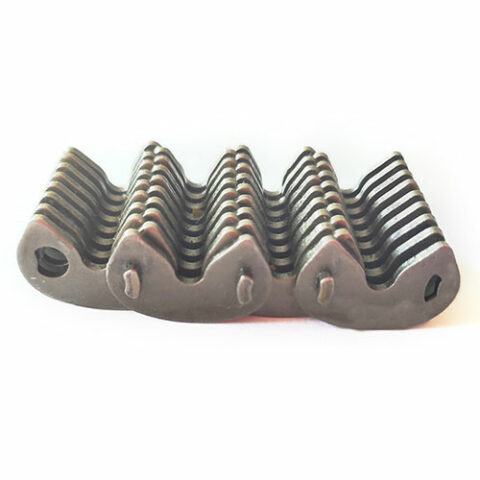 |
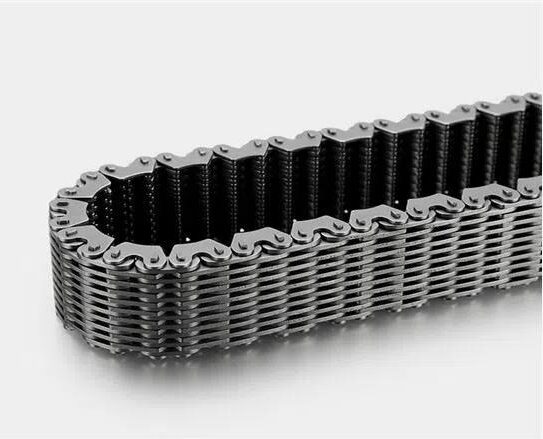 |
Flank Contact Silent Chains Features
A key feature of flank contact silent chains is the low resonance noise. This is achieved by varying the contact surface occupancy rate of link plates in a row. Link plates in a row may also be arranged in a random manner to minimize resonance noise. These features make the passive design of silent chains ideal for applications where low-resistance noise is important. Listed below are some of the key characteristics of this type of passive design.
First, a silent chain’s power-transmitting area is highly resistant to wear and fatigue. As a result, its service life is long. This is also a key feature to ensure safety. Since the flank surface of a silent chain is the most sensitive part of a chain, it is important to consider the flank surface in your design. This will ensure that the chain remains silent while working. It is important to remember that the surface of the chain will be in contact with various parts of the machine.
The second characteristic is a high mesh-surface-to-sprocket contact area. This feature reduces the noise generated by collisions when the two surfaces are in contact. In addition, the mesh-transmitting area is relatively smooth and free of wear. As a result, the mesh starts to mesh with the tooth flank of the sprocket at an area adjacent to its tip. When this part of the chain is engaged by the sprocket, it makes for a low-noise operation.
Flank Contact Silent Chains Benefits
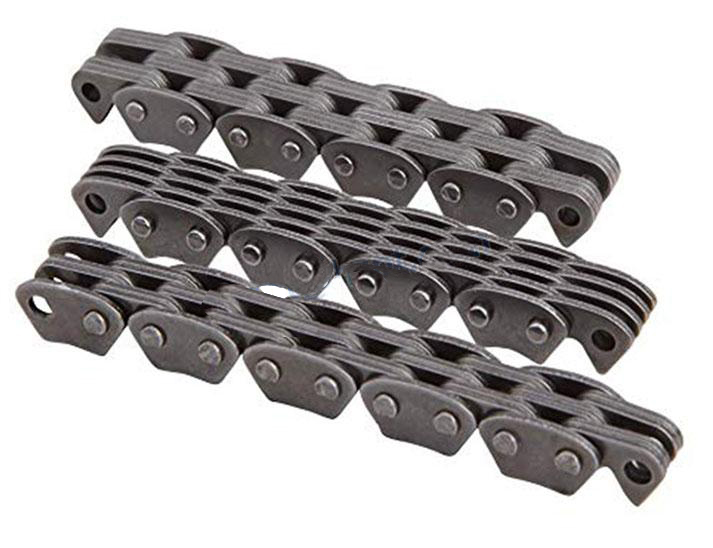
A silent chain is usually made up of multiple links that form an endless loop around a pair of sprockets. These links are interlocking and are designed so that the teeth on the flank side engage with the teeth on the sprocket. This helps transfer power from the driving sprocket to the driven sprocket. It’s important to know how to properly maintain a silent chain in order to enjoy its full benefits.
Another benefit of using a Flank Contact Silent Chain is that you won’t have to worry about the chain shifting while it’s engaging. This is because of the way the pins engage with the sprockets. Because the pins are convex, they will not shift or crack. And because you can use a Flank Contact Silent Chain for any type of bike, since the chain is safe and reliable.
Sprockets For Flank Contact Silent Chains
When using flank contact silent chains, the sprocket on the rear link is engaged with the upper part of the inner flank of the chain. This engagement is achieved by making the sprocket tooth contact with the second part of the inner flank. The two sprocket surfaces have the same contour. As a result, the sprockets engage the chain in a symmetrical fashion, resulting in optimal operation.
The sprocket teeth engage the outer flank of the link plate at the point where they meet or are “in the vicinity.” The distance between the engagement endpoint and the engagement transfer point is relatively small when viewed in a transverse direction. The longer the distance between the engagement point and the engagement transfer point, the greater the force of the sprocket teeth’ collision and the more noise the engagement produces.
Besides these drive chains, Power-trans also provides you with high-quality sprockets for sale. Contact us now!

Packing Shipping Delivery
  |
 |
|
 |
 |
|
How to choose power transmissions parts and industrial products which meet our requirement
| Chains | Sprockets | Pulleys | Timing belt Pulley | V-belt Pulley |
| Sheaves | Coupings | Bush &Hub | Gear& Rack | V-Belt |
| Locking Assembly | Pulley | Gearbox | Reducer | Shaft Collar |
| Rod End Bearing | Clevis | PTO | Chain Guide | Belt Guide |
| Rubber Buffer | Chain Tensioner | PTO Drive Shafts | Universal Joints | Roller Chains |
| Conveyor Chains | V-Belts | Worm Gearbox | Helical Gear | Worm |
| Agricultural Chain | CNC Proces Parts | Casting | Stamping | |
| Powder Metallurgy | CNC Proces Parts | Casting | Stamping |
What Products Do you sell ?
We are a group of factories, give customer one stop solution of power transmission and industrial products. We are in the position to supply wide range of products, including chains, sprockets, v-belt and v-belt pulleys, timing belt and timing belt pulleys, gears, speed reducers, motors, racks, couplings, and many other parts, like locking assembly, taper bushing, Chain guide, shaft collar, torque limiter, cam clutch, universal joint, motor base and motor slide, rod end, clevis, rubber mount, etc. We make special parts according to drawings and/or samples.
How to choose a gearbox which meets our requirement?
You can refer to our catalogue to choose the gearbox or we can help to choose when you provide
the technical information of required output torque, output speed and motor parameter etc.
What information shall we give before placing a purchase order?
a) Type of the gearbox, ratio, input and output type, input flange, mounting position, and motor informationetc.
b) Housing color.
c) Purchase quantity.
d) Other special requirements.
What industries are your gearboxes being used?
Our gearboxes are widely used in the areas of textile, food processing, beverage, chemical industry,
escalator,automatic storage equipment, metallurgy, tabacco, environmental protection, logistics and etc.
What is the producing process?
Production process including raw material cutting, machine processing, grinding, accessories cleaning, assemble, cleaning, stoving, oil coating, cover pressing, testing, package.
How to control the products quality?
Combining advanced equipment and strict management, we provide high standard and quality bearings for our customers all over the world.
What is the transportation?
-If small quantity , we Suggest to send by express, such as DHL,UPS, TNT FEDEX. If large amount, by air or sea shipping.
Can we design packaging?
-Yes. Default is regular packing, and we can make customer's own packing.
Can you provide OEM service?
-Yes, we work on OEM orders. Which means size, quantity, design, packing solution, etc will depend on your requests; and your logo will be customized on our products.
Can you give me discount on Power Transmissions Parts and Industrial parts?
-Yes, of course. Pls. send me your Email, you'll get more
Q: Are You a trading company or a manufacturer?
A: We Are the factory and have our Own trading company
Q: How Can I get an offer?
A: please send US quotation information: drawings, materials, weight, quantity and requirements, we can accept PDF, ISGS, DWG, STEP file format. If you don't have the drawings, please send us the samples, we can also quote you according to your samples.
Q: What is your minimum order size?
A: it is usually 100 pieces, but a low quantity is acceptable under some special circumstances.
Q: Do you provide samples? Is it free or extra?
A: Yes, we can provide samples free of charge, but we don't pay the freight.
Q: What is the lead time for mass production?
A: honestly, it depends on the number of orders. Normally, if you don't need the tools, deposit them after 30 days or so.
Q: What if the parts don't Work?
A: we can guarantee the quality, but if it happens, please contact us immediately, take some photos, we will check the problem and solve it as soon as possible.
Q: What are your terms of payment?
A: payment is less than US $1000,100% in advance. Payment: $1000,50% wire transfer in advance, balance before shipment,Other Terms of payment are negotiable

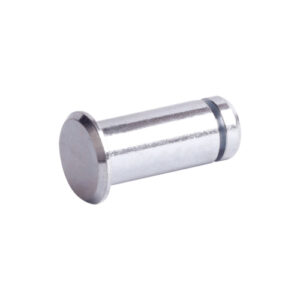
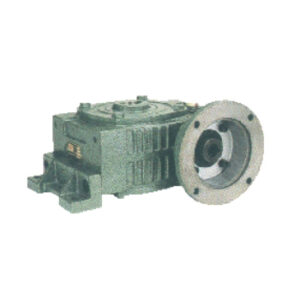
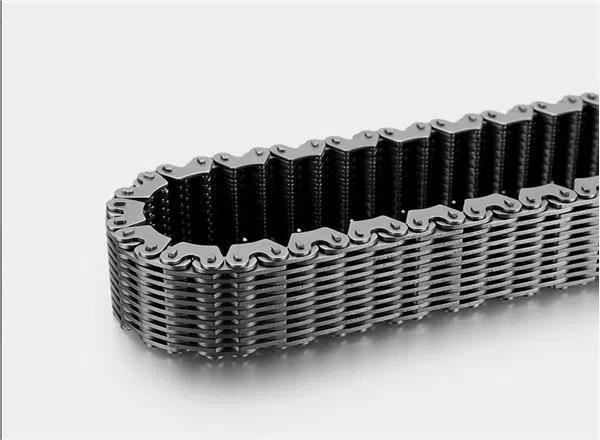
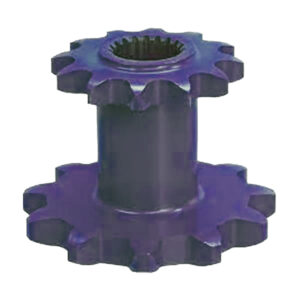


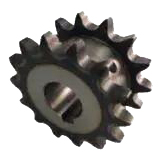

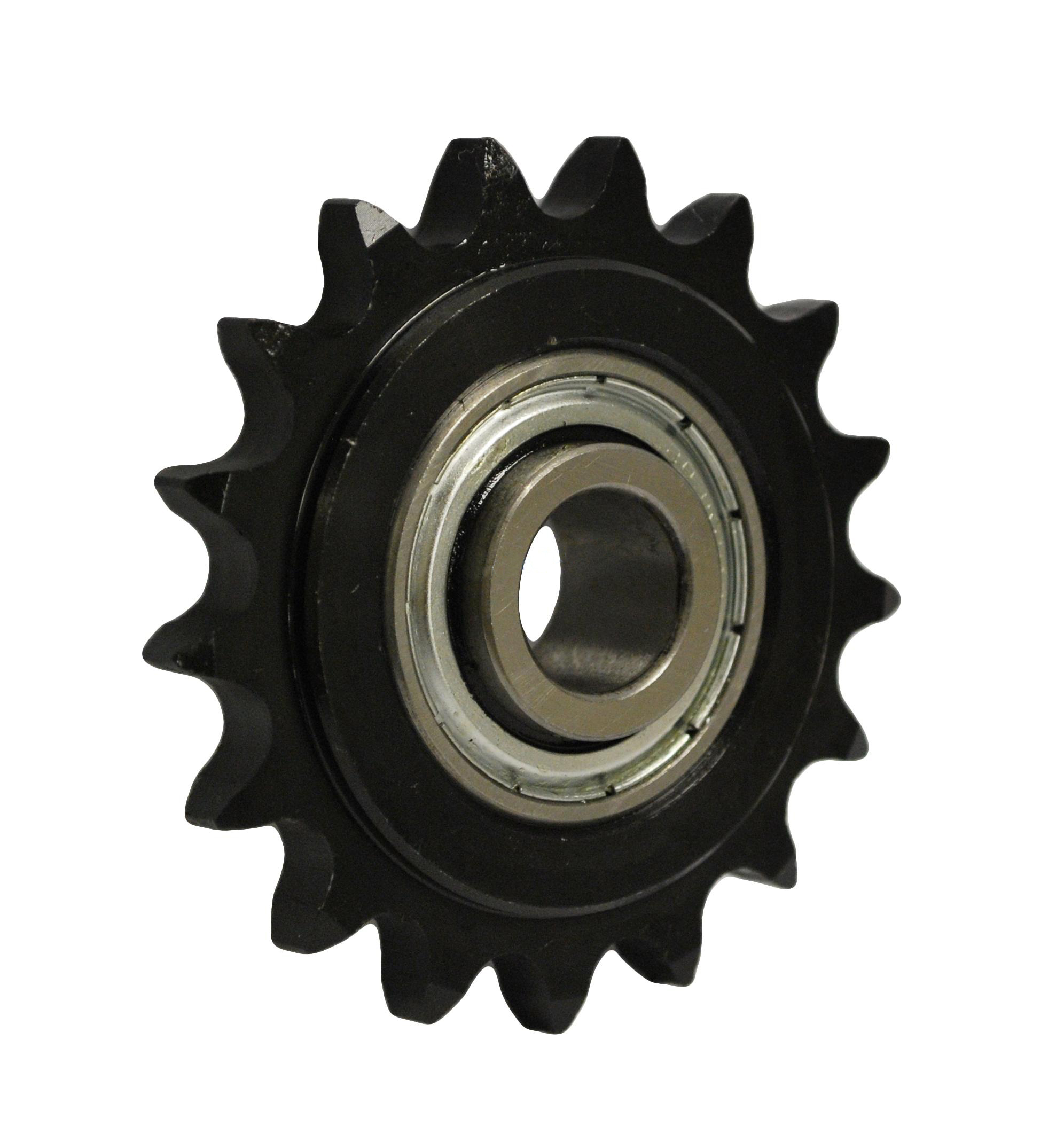
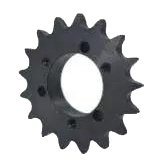

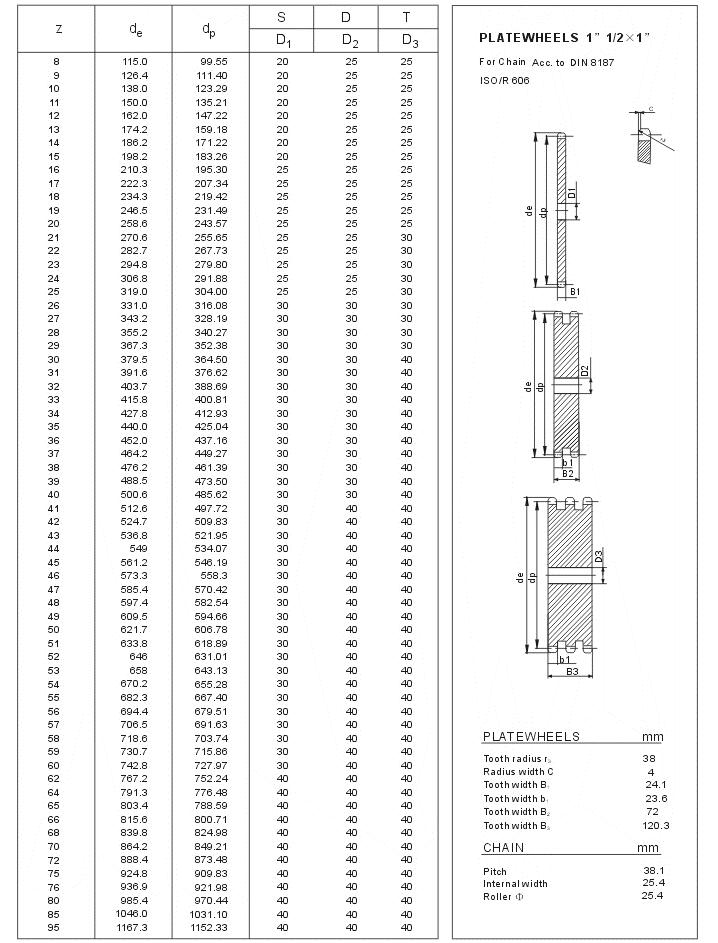
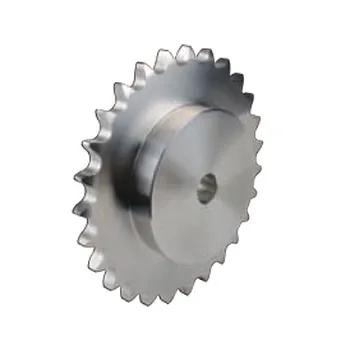
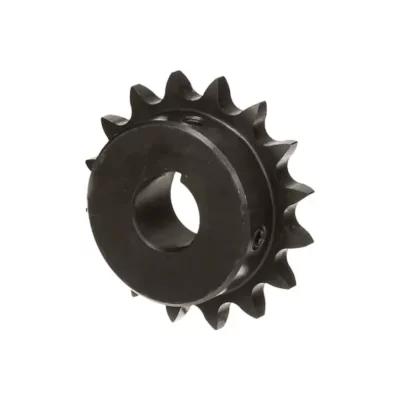
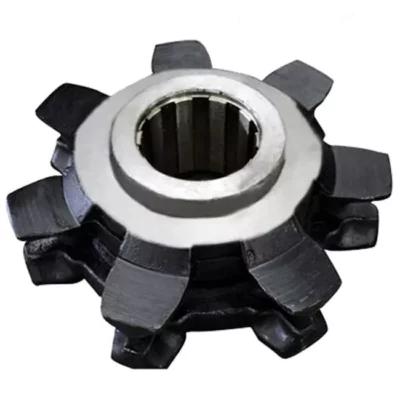
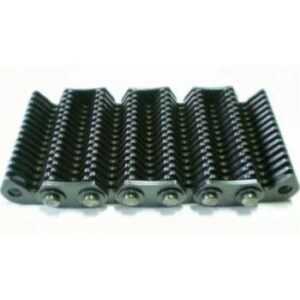
Reviews
There are no reviews yet.